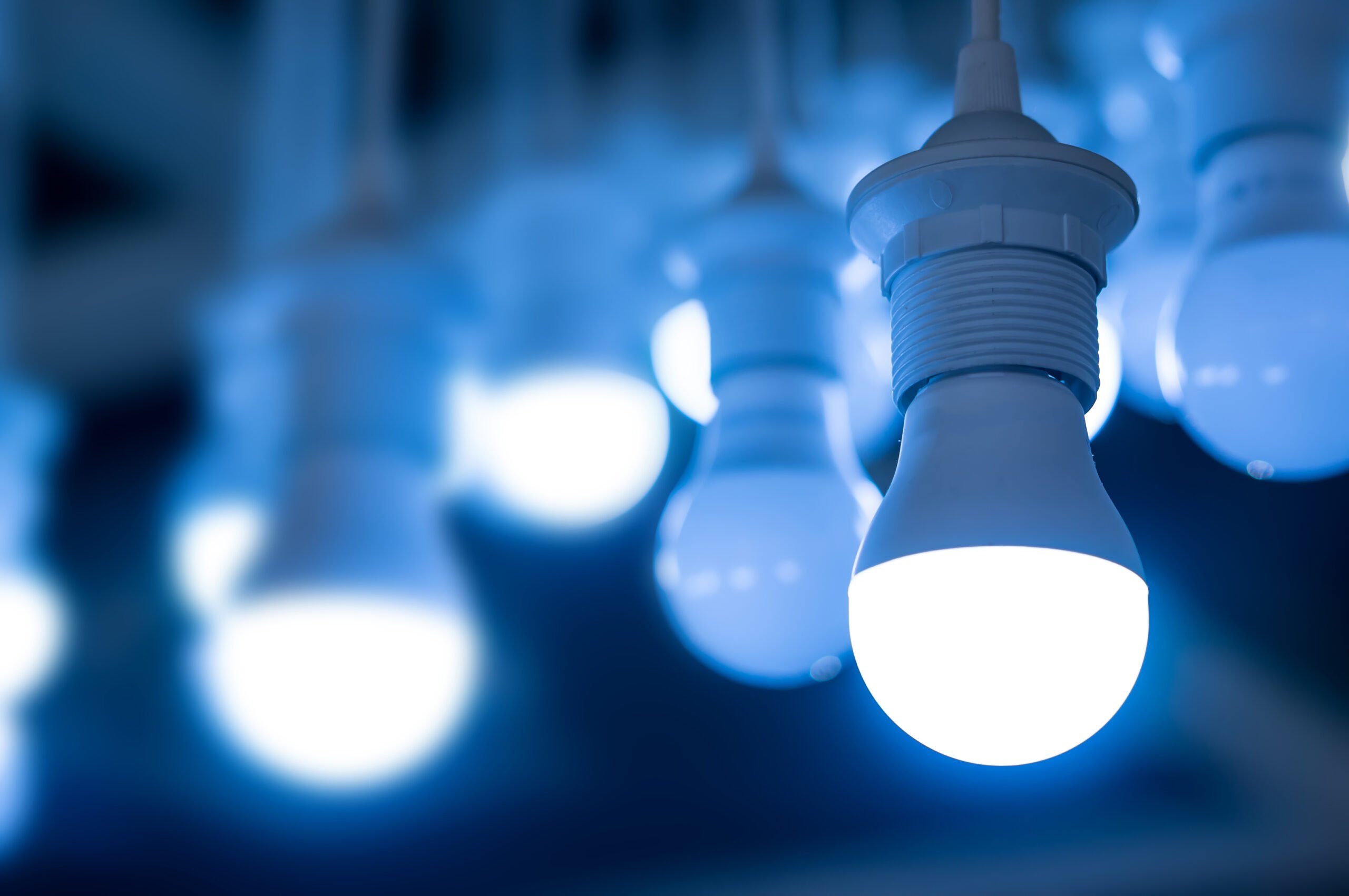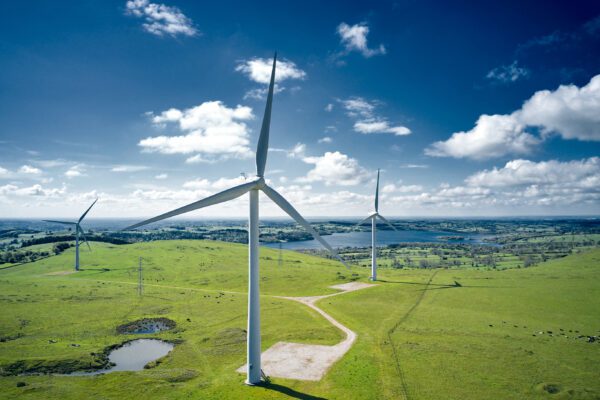
Saving on energy costs with LED lighting
Why is it important to upgrade your building’s lighting and what kind of benefits can you expect from installing it?
When looking to optimise your business’ energy consumption, LED lighting is one of the most cost-effective and easy to install, ways of making an impact on your energy bill. LED lighting also comes with a whole host of benefits from cost-savings to supporting your net-zero journey.
We’re going to be looking at the origins of LED lighting, why it’s important to upgrade your building’s lighting and what kind of benefits you can expect from installing it.
A short history of lighting
Before the introduction of LED lighting, the traditional choice was incandescent light bulbs which were invented over 100 years ago and by today’s standards, are very inefficient. According to Energy Savings Trust only around 5% of the electricity they use is converted into visible light. They also don’t last too long either, as the filament that created the light evaporates as heat passes through it.
LED lighting had been observed as a ‘phenomenon’ in 1907 by Henry Joseph Round. However, it wasn’t taken seriously as a light source until 1936, when George Destriau coined the term ‘electroluminescence’, where light was produced by zinc sulphide powder when electric current was conducted through it.
Halogen lightbulbs, whilst a little more efficient, use the same filament technology as traditional bulbs but run at a higher temperature. As the least energy efficient bulbs on the market, many are now opting for more efficient light bulbs to provide the same amount of light but for less electricity.
The Compact Florescent Lamps (CFLs) were developed as a more energy-efficient alternative and use around 70-80% less electricity that equivalent traditional bulbs and lasted around 10 times longer. However, they are not the best option for energy efficiency. This is where Light Emitting Diodes (LEDs) come in which are even more efficient and are more widely available.
What makes LEDs different?
The LED bulb has overtaken the CFL bulb and is now a confident leader in the market. LEDs are widely accessible, and you can get LEDs to match almost any fitting and size. LEDs ultimately use less energy and cost a lot less in the long run. There is also not a huge difference in pricing and it’s likely that you won’t need to replace them as often. The way an LED works is by passing electrons through a semiconductor and subsequently have no filament to wear out, meaning they won’t get as hot.
How much could upgrading to LEDs save you?
Switching your building’s lighting to LEDs is a quick, easy and low-cost win to reduce your electricity costs and switching has the potential to reduce your lighting costs by as much as 90%. Whilst the initial cost of installing LEDs is more expensive than other types of bulbs, the long-term benefits of LEDs far outweigh the upfront costs.
Making the switch can also help with your business’s carbon reduction goals – by switching to a bright LED bulb you could save around 5kg of CO2 emissions. To put that into perspective, if all 28 million homes in the UK made the switch, we could save 1.7 million tonnes of CO2 emissions annually. According to Energy Saving Trust you can save £2-3 per year for every traditional halogen bulb you switch to a similarly bright LED bulb. Replacing a 50W halogen with an LED equivalent could cut your energy costs by £75 over the lifetime of the bulb, not including the cost of replacing the halogen bulbs you would have used.
Are there any grants or schemes available?
Your first point of call should be to reach out to your energy consultant to investigate your available funding options.
Your local council may provide energy efficiency funding or sustainable business growth grants. You may also be eligible to receive a small business energy efficiency scheme or grant from your energy supplier, your consultant will be able to discuss these options with you.
ECA
The Enhanced Capital Allowance is designed for businesses small or large who wish to move to a greener future. The ECA scheme encourages businesses to invest in energy-saving plant or machinery, such as LED lighting, that would otherwise be too expensive. First-year allowances let your business set 100% of the assets against taxable profits. Within the ECA there is a list of ‘Super Green Credentials’ called the Enhanced Technology List (ETL). LEDs will need to carry this credential to be eligible for this tax efficiency.
The super-deduction tax
From the 1st of April 2021 until the 31st of March 2023, companies who are investing in new plant and machinery assets will be able to claim a 130% super-deduction capital allowance as well as a 50% first year allowing for qualifying special rate assets.
This super-deduction essentially allows businesses to cut their tax bill by up to 25p for every £1 they invest, and this includes your business’ upgrade to LED lighting. Read more on the super-deduction tax here.
If you’d like expert advice when it comes to upgrading your building’s energy efficiencies, you can talk to Inspired’s experts at [email protected] or call us on 01772 689250.










